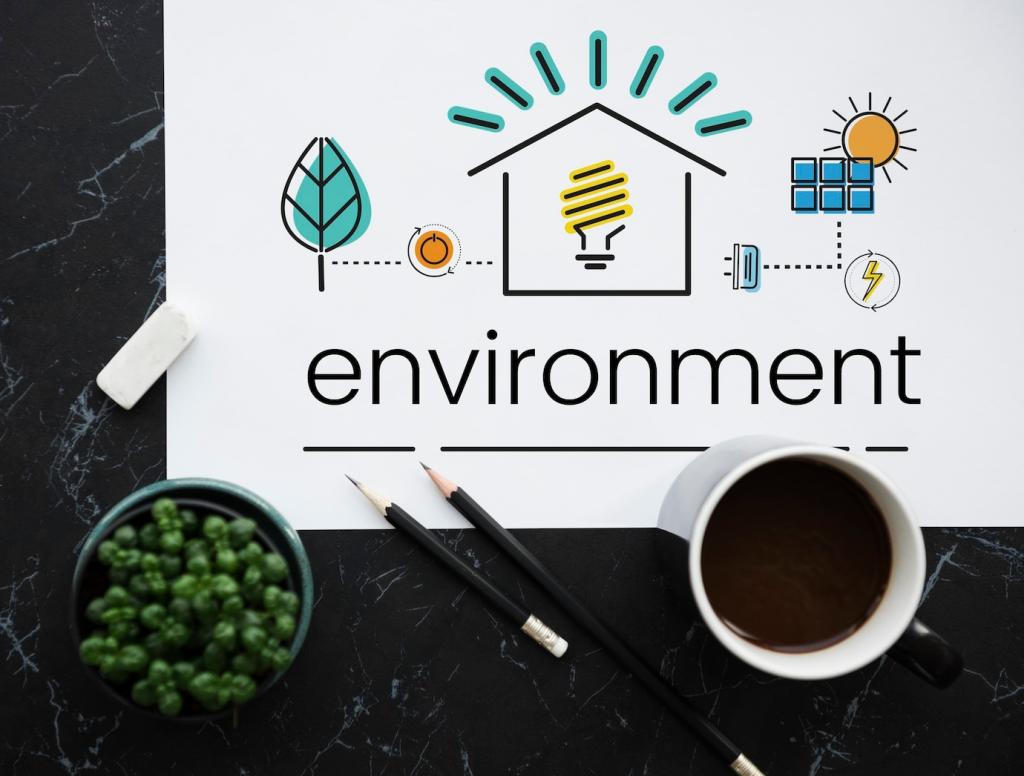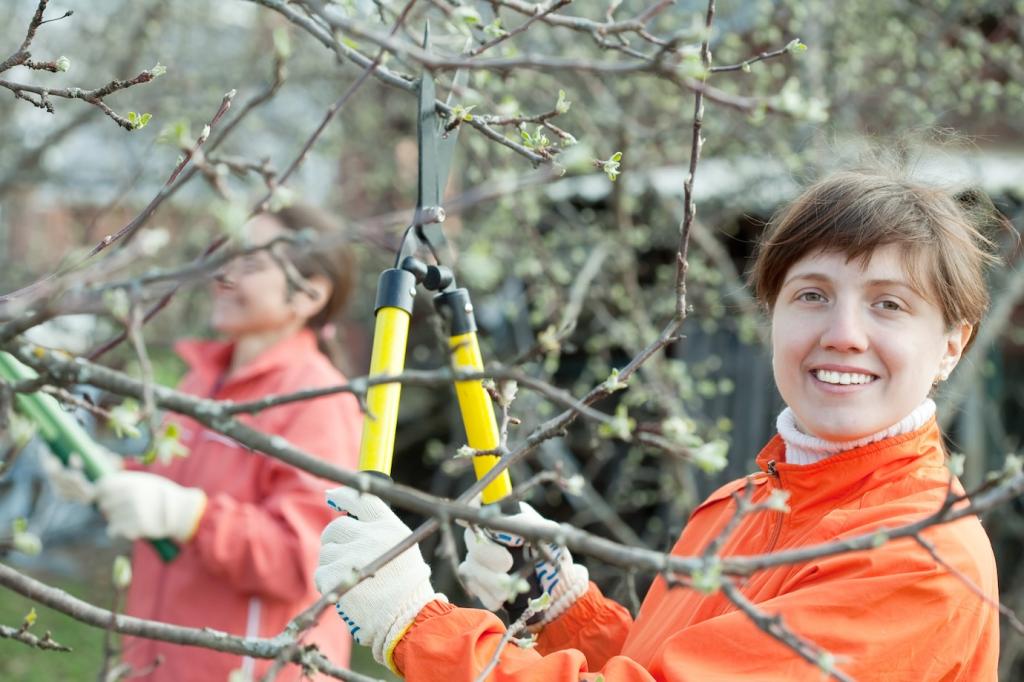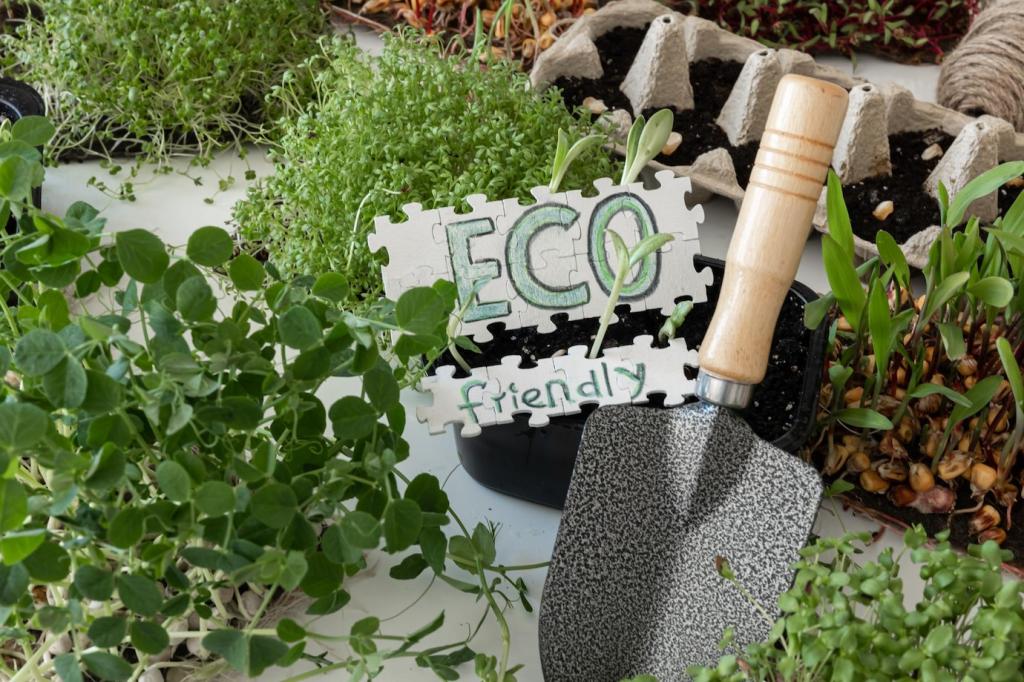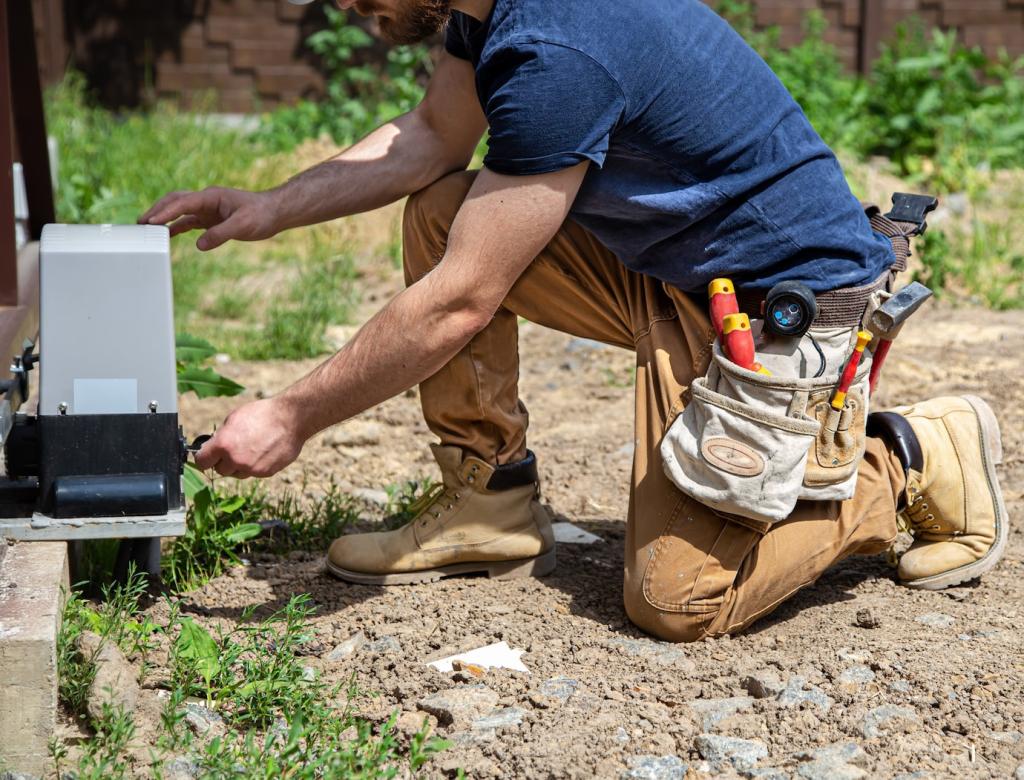Wood Furniture: Nourish, Don’t Strip
Use a dry microfiber cloth or slightly dampen it with distilled water for stubborn dust. Wipe with the grain, lift rather than drag grit, and skip silicone-heavy sprays. A simple, consistent routine prevents buildup and preserves that soft, hand-rubbed luster.
Wood Furniture: Nourish, Don’t Strip
For fresh white rings, low warm air from a hair dryer can sometimes release trapped moisture. Alternatively, a soft cloth and gentle heat through a cotton barrier may help. Finish with a light conditioning balm. Always test first in an inconspicuous spot.
Wood Furniture: Nourish, Don’t Strip
Blend beeswax with fractionated coconut or jojoba oil for a breathable, non-greasy conditioner. Apply sparingly, let it settle, then buff to a glow. Avoid olive oil, which can turn sticky over time. Regular light conditioning keeps wood velvety and protected.








